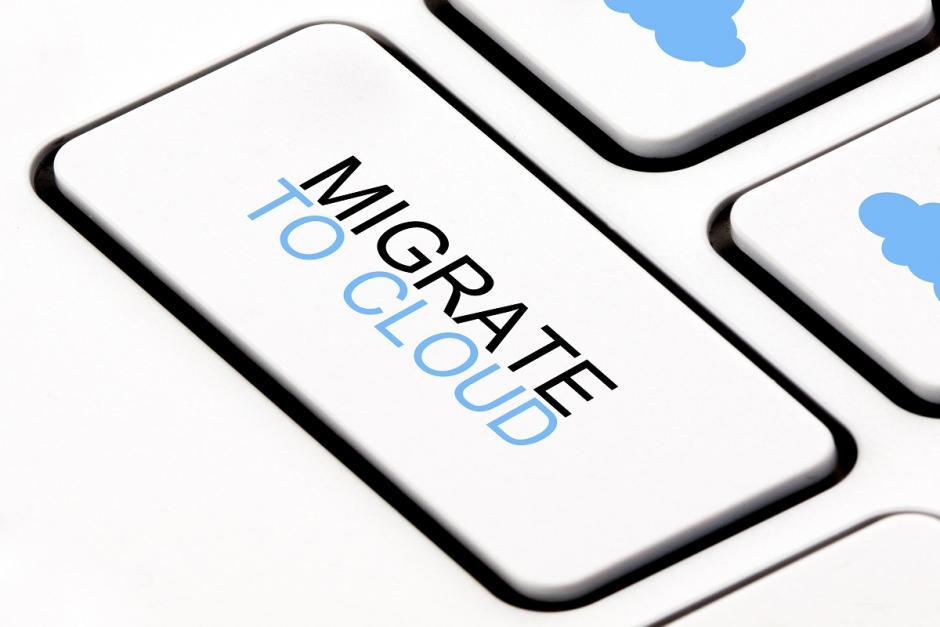
HCL Technologies has revealed in one of its report that that $39 billion of SAP landscape could move to the cloud in the next two years, as large enterprises plan to migrate 46 per cent of their existing SAP on-premise environment.
The global survey of 100 executives from large enterprises focused on their current and future plans to deploy SAP applications and infrastructure in the cloud. It revealed that 45 per cent of organizations have increased their SAP cloud investments over the past year and that they expect to nearly double these investments in the next 12 months. Migration isn’t just being motivated by potential cost savings, as the research highlights business agility and speed (59 per cent), access to new technologies (46 per cent) and improved customer satisfaction (43 per cent) as big drivers.
“These findings clearly demonstrate that there is a market shift towards moving a greater proportion of existing SAP environments to the cloud,” said Steve Cardell, President of Enterprise Services and Diversified Industries, HCL Technologies.
He adds, “Improved business agility and speed is undoubtedly a big driver, as is the growing maturity and availability of new cloud-based technologies. For those organizations looking to refresh their existing estates, reduce cost and access HANA-powered applications SAP’s cloud offerings are an attractive proposition. In fact, 56 per cent of organizations stated they expect to use SAP HANA Enterprise Cloud in the future.”
When asked about the biggest inhibitors to moving more SAP applications and infrastructure to the cloud 30 per cent of respondents noted integration challenges with existing systems, while 36 per cent cited security concerns. This isn’t surprising considering 88 per cent of organizations expected to adopt a hybrid model, while 45 per cent stated that integration into their existing landscape had been their biggest cloud implementation challenge to date. The survey also showed that organizations are in need of help when it comes to their cloud strategies, with only 18 per cent stating they had a comprehensive cloud strategy.
“Cloud is undoubtedly disrupting traditional enterprise architectures. Organizations now have to contend with a multi-cloud environment in which they need to integrate SAP and non-SAP applications into their existing landscape. This has ultimately made integration and cloud orchestration a key concern. Only by taking a lifecycle view of cloud enablement, from assessment right through to service delivery, will organizations be able to overcome integration issues and truly realize business benefit,” added Steve Cardell.
SAP’s Cloud Extension Policy
The survey also revealed that SAP’s Cloud Extension policy, which enables the partial termination of existing on-premise software licenses and associated maintenance costs, has made moving to the cloud a more attractive prospect for nearly three-quarters (74 per cent) of organizations. These findings are perhaps unsurprising given that 30 per cent of organizations said their existing investments in on-premise and legacy systems had been an inhibitor to moving more SAP applications and infrastructure to the cloud.
The global survey of 100 large enterprises with revenues in excess of $1 billion was commissioned by HCL Technologies and conducted by independent research company Vanson Bourne.

 In
In
Add new comment